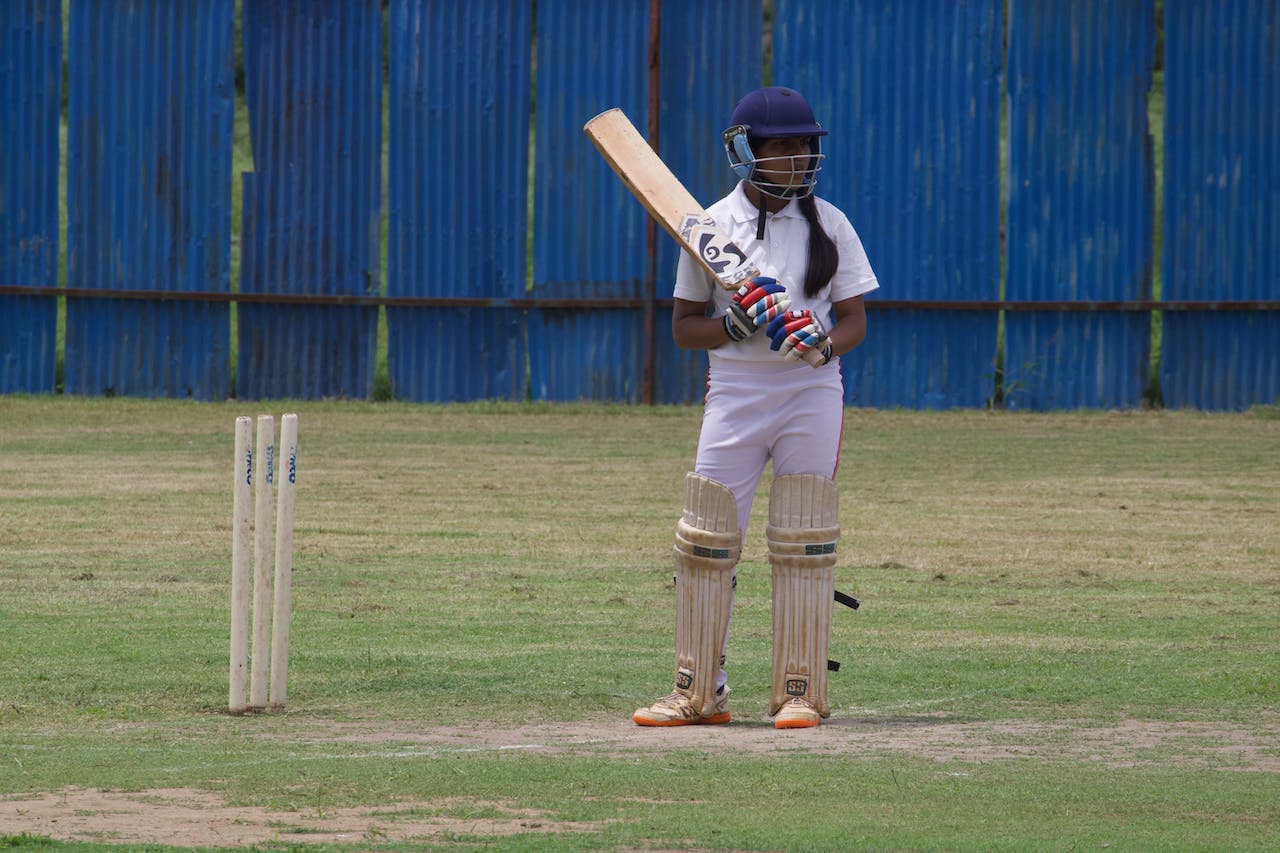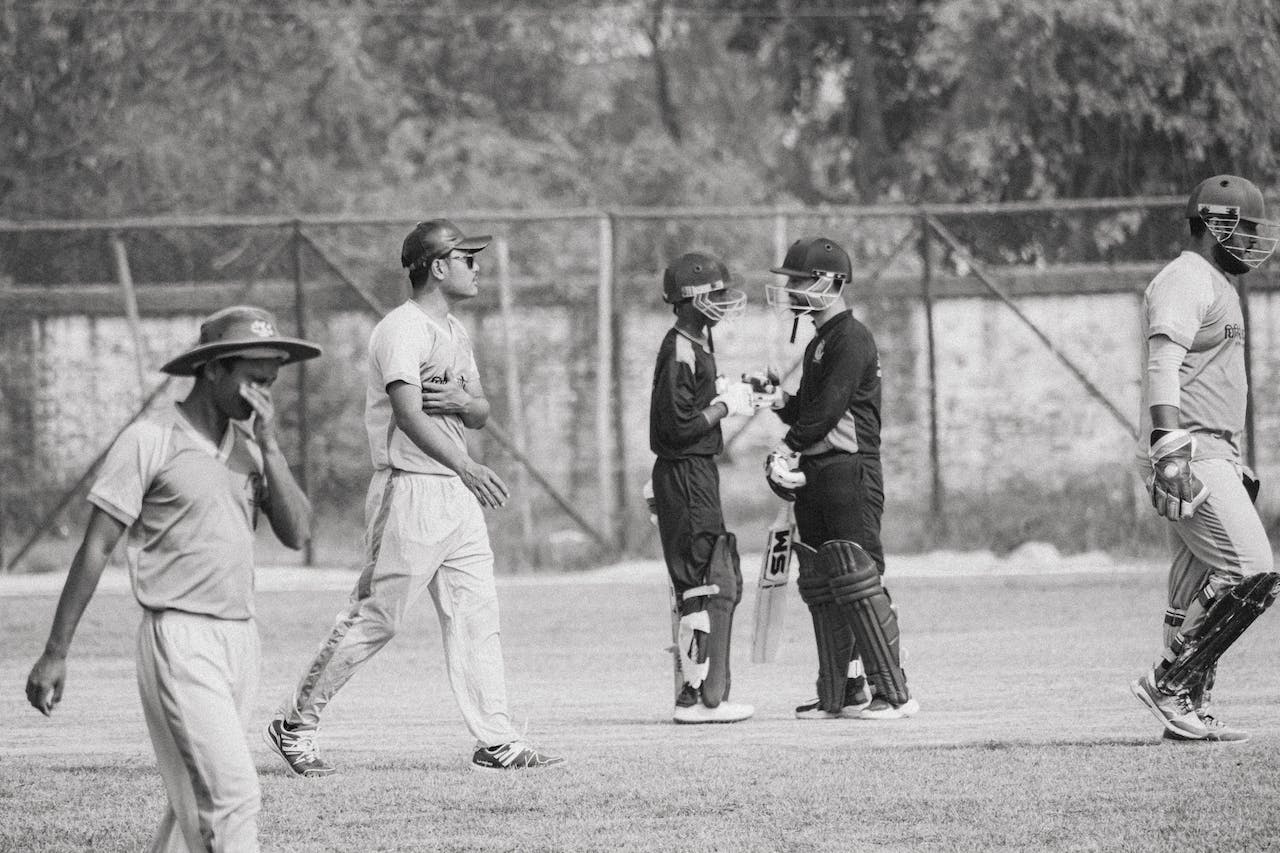Introduction:-Basketball, a dynamic and electrifying sport, has evolved significantly since its humble beginnings in December 1891. Conceived by Dr. James Naismith, a Canadian physical education instructor, the game was initially played with a soccer ball and two peach baskets as goals. Little did Naismith know that his creation would grow into a global phenomenon, captivating the hearts of millions around the world. This article explores the rich history and evolution of basketball, from its inception to the modern era of slam dunks, three-pointers, and international superstars.
The Birth of Basketball
In the winter of 1891, Naismith faced a challenge: devising an indoor game to keep his students physically active during the cold months. Inspired by a childhood game called “Duck on a Rock,” Naismith developed a set of 13 basic rules for his new creation. The game was an instant hit, and the first official match took place at the International YMCA Training School in Springfield, Massachusetts.
Early Days: Peach Baskets and Fundamental Play
The early years of basketball were marked by simplicity and a focus on fundamentals. The first games used peach baskets as goals, and players retrieved the ball after each score. Dribbling wasn’t part of the original rules, and the game prioritized passing and strategic positioning. Over time, modifications were made to the rules, and dribbling became an integral part of the game, allowing for increased mobility and offensive strategies.
The Birth of the NBA
As basketball gained popularity, organized leagues began to emerge. The National Basketball Association (NBA) was founded in 1946 as the Basketball Association of America (BAA) before merging with the National Basketball League (NBL) in 1949 to become the NBA we know today. The league’s growth was catalyzed by the emergence of iconic players like George Mikan, Bill Russell, and Wilt Chamberlain, who brought attention and excitement to the sport.
The NBA in the 1980s: Showtime and Rivalries
The 1980s marked a golden era for the NBA, characterized by fierce rivalries, iconic personalities, and a fast-paced style of play. The Los Angeles Lakers, led by Magic Johnson and Kareem Abdul-Jabbar, epitomized “Showtime” basketball with their up-tempo, high-scoring games. The Lakers’ intense rivalry with the Boston Celtics, led by Larry Bird, defined the era and elevated the NBA to new heights of popularity.
The Globalization of Basketball
As the NBA continued to thrive in the United States, the league’s reach extended globally. The 1992 Dream Team, featuring basketball legends like Michael Jordan, Magic Johnson, and Larry Bird, dominated the Barcelona Olympics, showcasing the best of American basketball to the world. This marked a turning point as international players began to enter the NBA, bringing diverse playing styles and contributing to the league’s global appeal.
Michael Jordan: A Cultural Icon
No discussion of basketball’s evolution is complete without mentioning Michael Jordan. His Airness, as he was often called, transcended the sport and became a global cultural icon. Jordan’s dominance on the court, combined with his charisma and marketability, helped elevate the NBA to unprecedented levels of popularity in the 1990s. His impact is still felt today, with his legacy influencing generations of players and shaping the league’s image.
The Three-Point Revolution
While the three-point shot was introduced in the NBA in 1979, its significance soared in the 21st century. Teams began to recognize the strategic advantage of the three-pointer, leading to a shift in playing style. Sharpshooters like Stephen Curry and Klay Thompson of the Golden State Warriors revolutionized the game, emphasizing the importance of long-range shooting. This shift has not only changed offensive strategies but also reshaped the skill sets and positional expectations for players.
The Rise of Super Teams
In recent years, the concept of “super teams” has become increasingly prevalent in the NBA. Star players joining forces to create powerhouse teams has altered the league’s competitive landscape. The Miami Heat’s “Big Three” (LeBron James, Dwyane Wade, and Chris Bosh) and the Golden State Warriors’ assembly of Curry, Thompson, and Kevin Durant are prime examples. This trend has sparked debates about competitiveness and parity in the league.
Elevate your game with top-notch sports gear Long jump and High jump expert advice. Explore our latest collection for unbeatable performance and style.
International Stars: A Global Impact
The globalization of basketball has not only expanded the NBA’s fanbase but also brought a wave of international talent to the forefront. Players like Dirk Nowitzki, Pau Gasol, and Giannis Antetokounmpo have demonstrated that talent knows no borders. The influx of international players has added diversity to playing styles, contributing to the evolving and dynamic nature of the sport.
The Emergence of Positionless Basketball
Traditionally, basketball positions were defined by specific roles on the court: point guard, shooting guard, small forward, power forward, and center. However, modern basketball has seen a departure from rigid positional constraints. The concept of “positionless basketball” emphasizes players’ versatility, allowing them to adapt to various roles on the court. This evolution has blurred the lines between traditional positions, giving rise to more dynamic and flexible team structures.
The Impact of Analytics on Basketball
Advancements in technology and the rise of analytics have had a profound impact on basketball strategy. Teams now use data-driven insights to make informed decisions about player performance, game strategies, and roster construction. The “Moneyball” approach, popularized by baseball, has found its way into basketball, influencing how teams evaluate players and make in-game decisions.
Conclusion
From its modest beginnings in a gymnasium in Massachusetts to a global spectacle watched by millions, basketball’s evolution has been nothing short of remarkable. The game’s journey from peach baskets to slam dunks, from fundamental play to three-point revolutions, reflects the dynamic nature of sports and the resilience of a sport that continues to capture the imagination of fans worldwide. As basketball continues to evolve, one thing remains constant – the passion and excitement that the game brings to players and fans alike. Whether played on the neighborhood court or on the grand stage of the NBA, basketball’s enduring appeal is a testament to its enduring legacy in the world of sports.





